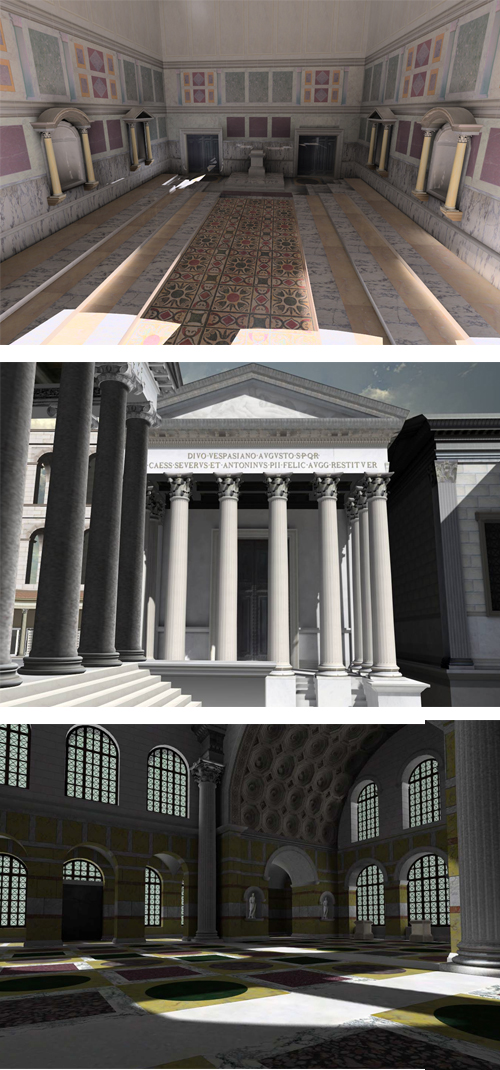Architectural historian Diane Favro and her team of researchers at UCLA work to create 3D digital models of ancient Rome and other historical locales. These models afford the viewer an unprecedented sense of “being there.” But what kind of historical knowledge can we gain from them, and how does such knowledge compare with that obtained through conventional historical research? Favro discusses the shifting, provocative future of digital histories.
Diane Favro is a professor of Architecture and Urban Design at UCLA. Her research focuses on the urbanism of ancient Rome, archaeological historiography, women in architecture, and the pedagogy of architectural history. Her publications include Streets: Critical Perspectives on Public Space (University of California Press, 1994; revised in Turkish 2007), The Urban Image of Augustan Rome (Cambridge University Press, 1996), and numerous writings on ancient urban issues including architectural laws, ritual processions, construction traffic, and digital humanities. She is Director of the Experiential Technologies Center, which creates real-time digital models of historic environments and promotes humanities research using new technologies. Professor Favro is currently the Executive Director of Research for the UCLA School of the Arts and Architecture and previously served as President of the national Society of Architectural Historians.
Professor of Architecture and Urban Design
Director, Experiential Technologies Center
UCLA



